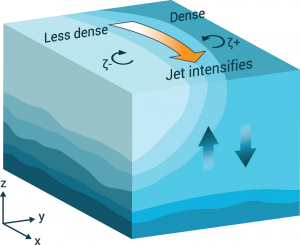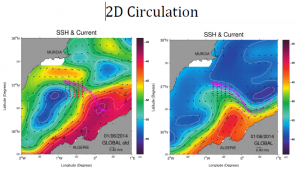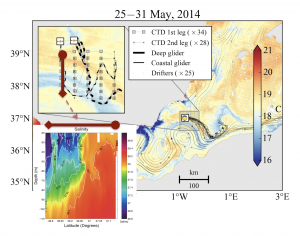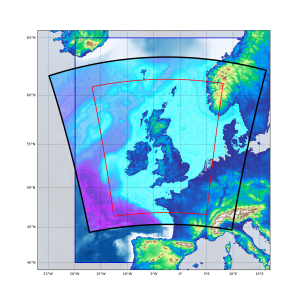UNDERSTANDING MESO AND SUBMESOSCALE OCEAN INTERACTIONS TO IMPROVE MEDITERRANEAN CMEMS PRODUCTS
MedSUB mini documentary:
PI and organization: Simon Ruiz (CSIC / IMEDEA)
Co-Is: Ananda Pascual (CSIC/IMEDEA), Antonio Sanchez-Roman (CSIC/IMEDEA), Evan Mason (CSIC/IMEDEA), Joaquin Tintoré (SOCIB), Mélanie Juza (SOCIB), Baptiste Mourre (SOCIB).
Outcome:
Project: MedSUB: Understanding mesoscale and Submesoscale ocean interactions to improve Mediterranean CMEMS products
 Objective: Enhance our knowledge of 2D and 3D mesoscale/submesoscale processes and their interactions at different scales combining in-situ and satellite data in synergy with numerical models. The final objective is to contribute to the improvement of CMEMS forecast modelling products.
Objective: Enhance our knowledge of 2D and 3D mesoscale/submesoscale processes and their interactions at different scales combining in-situ and satellite data in synergy with numerical models. The final objective is to contribute to the improvement of CMEMS forecast modelling products.
MedSUB addresses specific scientific questions:
- What are the physical mechanisms that govern the horizontal and vertical motion associated with meso- and submesoscale processes?
- How do meso and submesoscale processes interact at oceanic fronts?
Associated with these scientific questions, MedSUB also aims to provide tools (eddy tracking and compositing codes) to bring a new way to assess the mesoscale content of the CMEMS modelling products.
Achievements
- 2D circulation

Sea Surface Height (SSH) and velocity field: (left) CMEMS global product (version until October 2016). (Right) new CMEMS global product. Magenta dots correspond to drifter’s positions from 25 May to 1 June 2014. New product forecasts significantly better the intense oceanic front due to improvements in assimilation of the mean dynamic topography.
- Eddy tracker properties
![]()
Properties derived from eddy tracker are eddy position, polarity, radius and amplitude. The ratio between amplitude and radius (eddy intensity) is a potential proxy for presence of elevated subsurface vertical motions. From left to right: Maps of western Mediterranean mean eddy intensity for altimetry, GLO, MFS, IBI on 0.5×0.5º grid for cyclones (top row) and anticyclones (bottom row).
- 3D circulation

Intense mesoscale frontogenesis induce submesoscale processes (<10 km) and significant vertical motion associated with oceanic fronts. Vertical motion has been diagnosed from observations and model outputs. Figure: AlborEx experiment in the Eastern Alboran Sea (May 2014). Vertical section of salinity from high-resolution observations collected by an ocean glider.
Relevance and applications
Relevance
- A new methodology for the evaluation and intercomparison of CMEMS oceanic forecast models using an eddy tracker and eddy composites has been developed.
- The methodology developed has been documented and relevant codes are being made available to the MFCs and the ocean scientific community.
- MedSUB has allowed us to advance our understanding of interactions between meso- and submesoscale processes at ocean fronts. Second order derived variables such as vertical velocity could be included in future updates of the CMEMS catalogue.
Applications
- CMEMS model products can be enriched with additional eddy properties.
- Estimation of Ocean Monitoring Indexes based on the eddy tracker, eddy compositing and new understanding gained on interactions between meso and submesoscale processes.=




